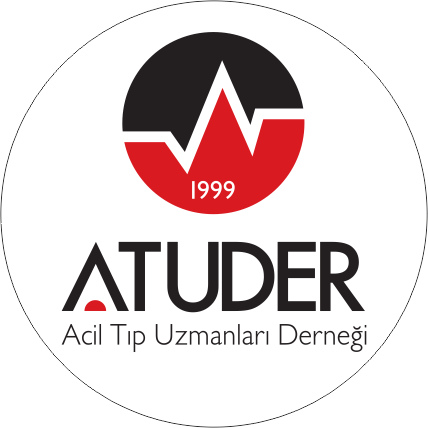ABSTRACT
Object:
The aim in this study is to make attention for the members who admitted to the emergency department with tick bitin.
Method:
39 person with tick biting who admitted to Batman State Hospital Emergency Department between 20 May 2007 and 10 November 2007were followed up prospectively for ten days. In study the persons’ gender, age, complaints at admission period and late days, epidemiologycal history, laboratory findings, the tratments ordered, by whom the tick removed, bited region, and the results were reported.
Findings:
A total of 39 ticts biting were entered to study of whom 14 (%35.90) females and 25 (%64.10) males in seven months. Of tick bitings, 28.21% were under ten years old, and 12.82% were over 40 years old. The mean age was 23.21. All of tick bitings were followed for ten days. In follow period in without one person, no any finding and symptom connected to tick biting (fever, weakness, stomach, headache, nausea-vomitting, diarrhea, common bady pain, heamorrhagic symptomas, locopenia, and high level of AST-ALTLDH- CK PTZ (INR) ) were not fixed in any person. Erythema was found in biting region in all person. In epidemiology, 100%of person were bited by ticks directly. Of person, 82.05% were lived in urban area or visited these places within two weeks. Of ticks 64.10% were removed by doctor in hospital, and 35.90% were removed by person himself or by their relatives. Of bitings, 23.08% were fixed at head-neck region, 7.70% on trunk, 12.82% on arms 20.51% on thigh, 23.08% on leg, 2.56% at genital region and 10.25% were fixed in ears.
Conclusion:
Males exposure to the tick bitings mostly. Tick bitings are found amongh those who struggle with stock raising and live in urban area. The person who are between 20-40 years old and work actively, are bitten by ticks at most. The majority of ticks are removed by doctor in hospital. Head-neck region and lower extremities are bitten at most. In majority of ticks biting no any symptoms are developed.



